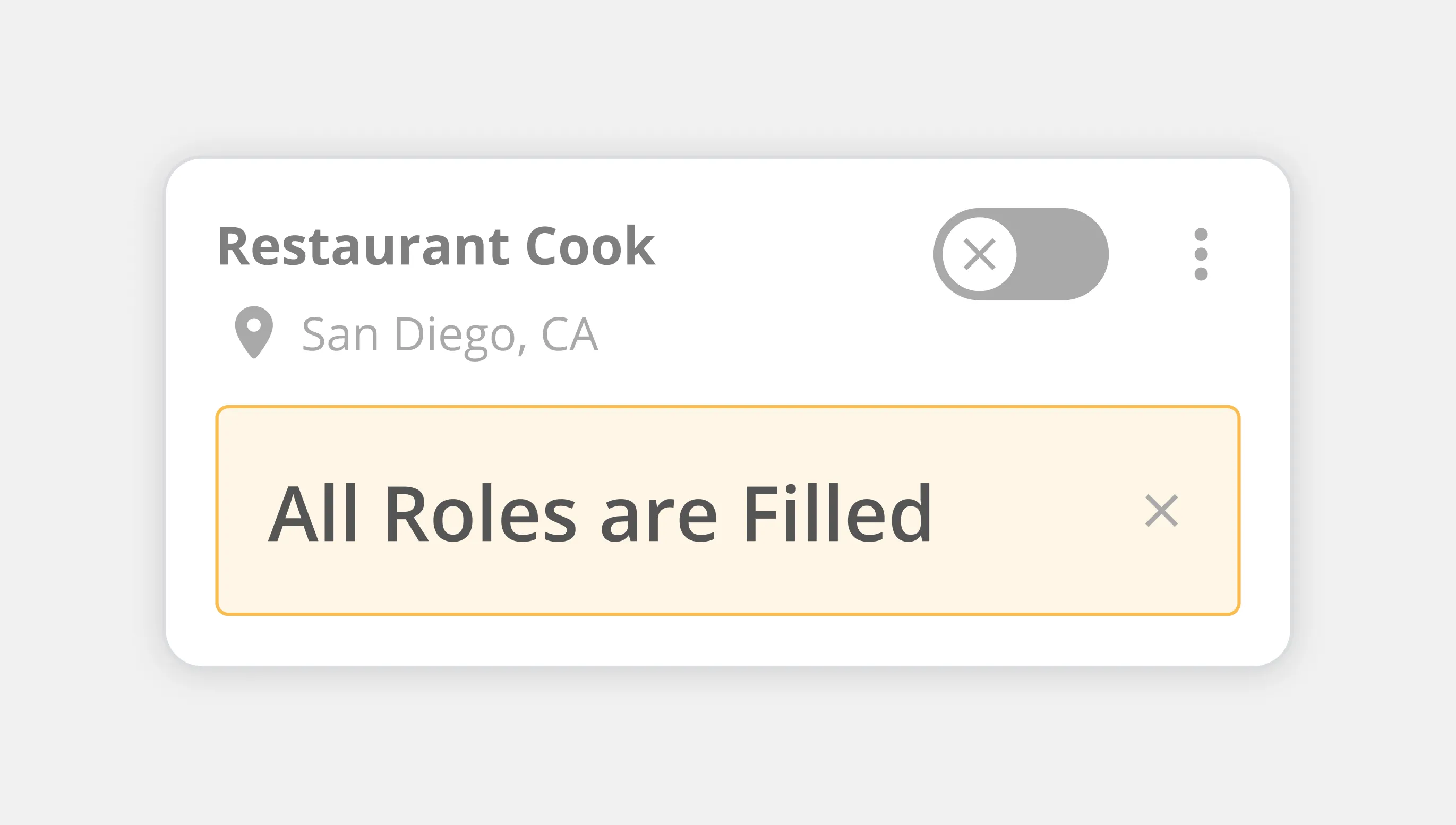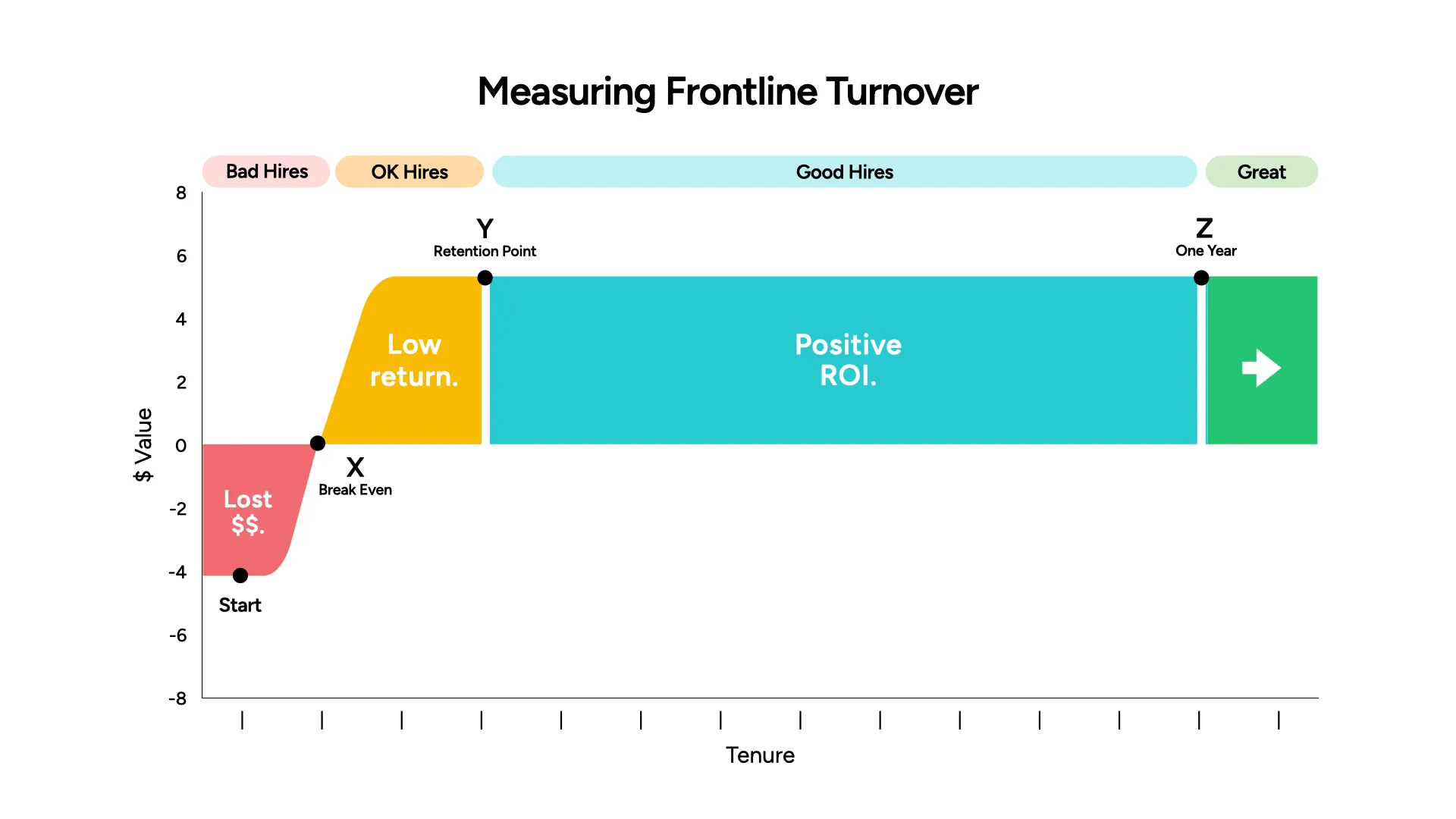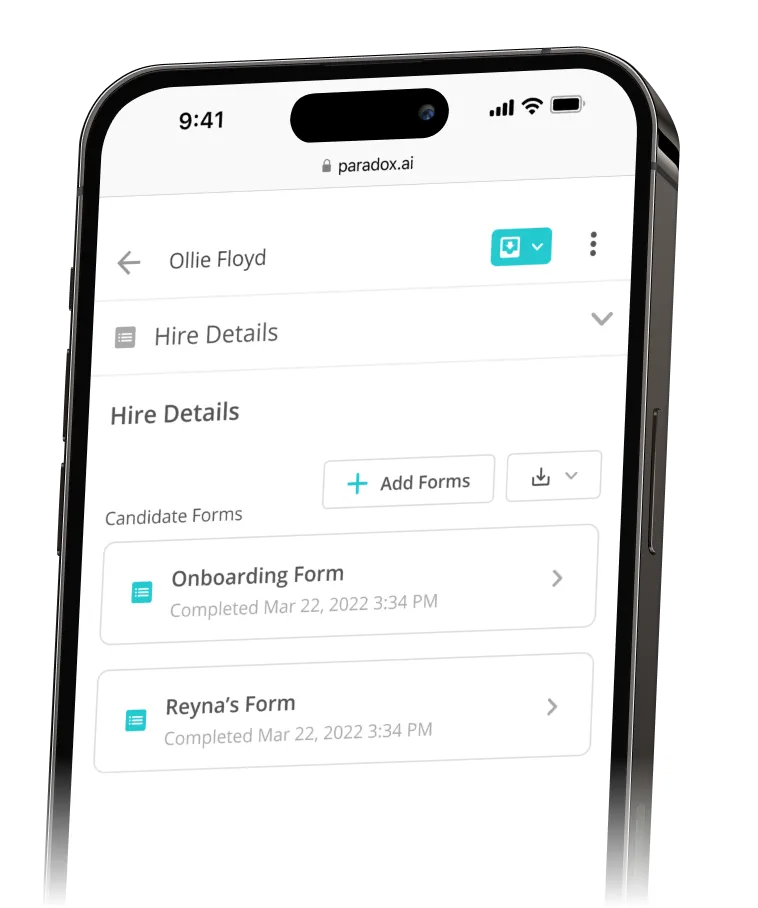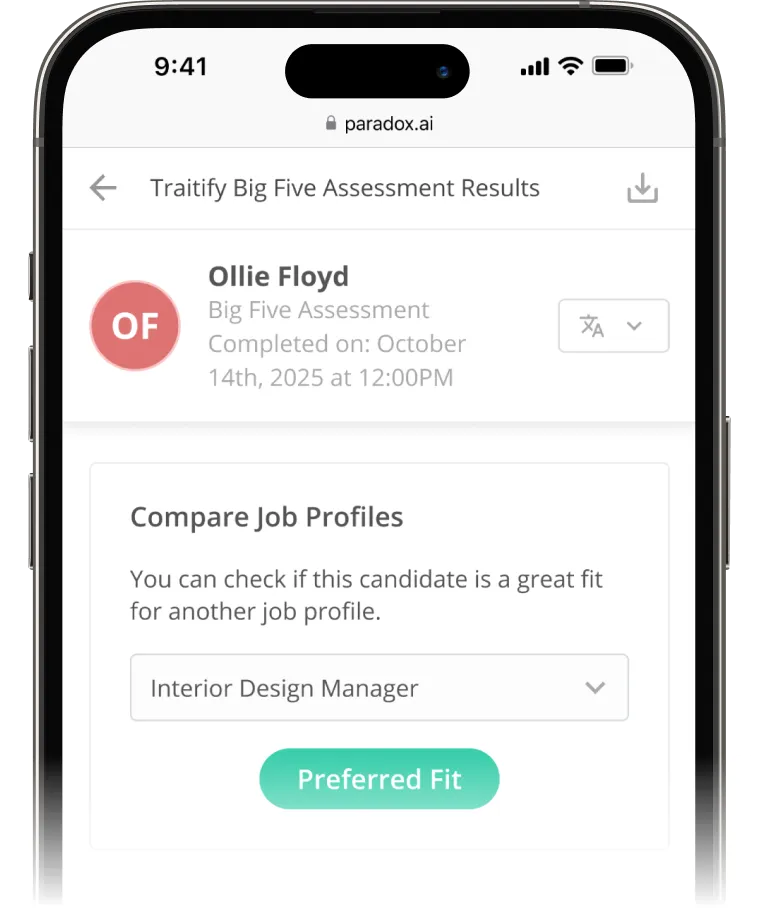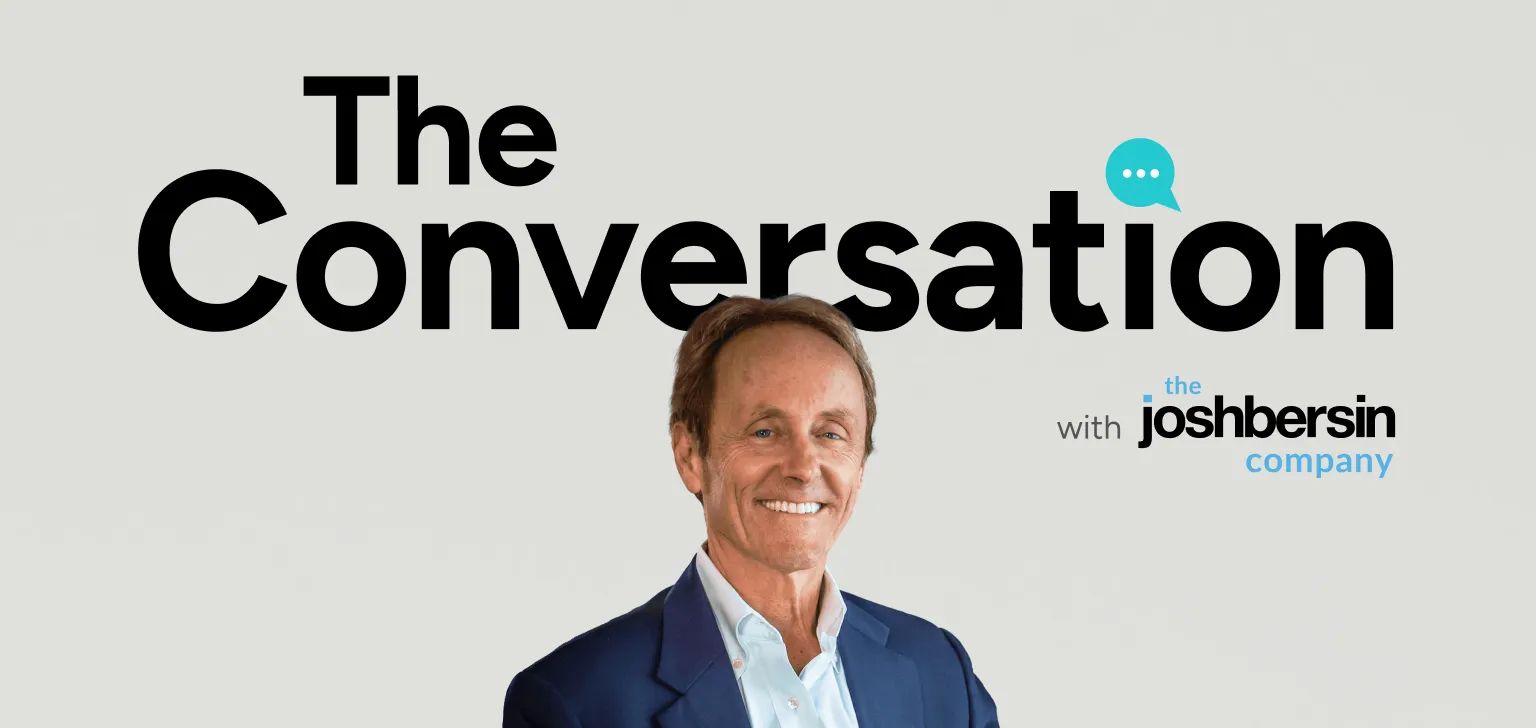In science, certain things are, well, certain. Settled. Proven.
Within the realm of talent acquisition, high turnover in frontline hiring is usually viewed as such. It often feels inevitable — reaching north of 100% annually in certain industries. It’s such a deeply entrenched problem that some employers have abandoned trying to solve it (there’s no time to, after all), instead choosing to push onward trying to fill perpetually empty positions. More job advertising, more candidates, more applications, more hires, more turnover. And around and around we go.
But there’s a critical distinction that needs to be made here, one that offers hope for frontline employers — annual turnover is very different from short-term turnover.
Whereas annual turnover is fairly inflexible in frontline (due to many factors like seasonality with school, transitions from part time to full time work, access to transportation, high wage competition, etc.), we believe short-term turnover is actually fixable. And, in fact, tends to be much more damaging, anyways, as it actually costs organizations money.
As an industrial and organizational psychologist, I look at short-term turnover through a different lens than most people in the TA space — not as an impossible hiring challenge, but as a science problem to solve. At its core, turnover is a deeply human problem, and by connecting the dots between your hiring process and the psychology of your candidates, you’ll see what I see:
The science isn’t settled at all, and short-term turnover is far from an absolute truth.
What is short-term turnover and when does it happen?
Short-term turnover is generally defined as turnover that happens within the first 90 days — which means it’s a hire that you never got real value from and potentially even lost money on.
Historically, that 90 day threshold has been viewed as sort of a hard dividing line between success and failure, as the data indicates that once an employee reaches that mark, they’re more likely to stay for at least a year. But in reality, it’s not that binary — there’s a much more nuanced way of determining if an employee was a positive contributor or not based on a variety of factors like job ad spend, onboarding and ramp time, cost of understaffing, etc. Which means that the 90 day mark is quite arbitrary and fluid, and the “retention breakeven point” is different for each organization. Of course, no matter when that point is for you, the longer you can retain an employee, the more value you’re going to derive from them.
Short-term turnover usually comes down to incredibly small details and decisions that occur early on in the employee lifecycle. In other words, thousands (if not millions) of dollars are being won or lost on a razor’s edge. To better understand why short-term turnover happens, I distilled it down to the human level — the actual psychological reasons why people drop-off, ghost, and no-show.
Once you know that, you can start to solve it.
Reason #1: Your process is causing confusion and discomfort.
The psychology. Humans are complex. And yet, they can also be quite simple. One thing that is true of anyone, anywhere, is an aversion to stimuli that makes them feel bad; we’re hardwired to avoid conflict and discomfort. And the hiring process is inherently rife with friction: Job applications, interviews, onboarding, training, team collaboration, customer service — all of these steps stretch most people well beyond their comfort zones. If your process is outdated, lengthy, or unclear, it’s going to throttle the discomfort up to a level that ultimately leads to turnover.
Again, frontline hiring exists on a razor’s edge. Small frustrations and deviations are all it takes for a candidate to decide to take a different course of action.
If your application takes 20 minutes to complete and a competitor’s only takes two, you’ll lose the candidate. If onboarding paperwork or basic information like directions, start time, and dress code is not communicated clearly, you’ll lose the new hire. If training materials are not easily shared, or if your manager is unable to properly lead the team and provide needed support, you’ll lose the employee. If your hiring process lacks warmth, clarity, and urgency, you’re simply not going to be able to hire (and retain) the talent you need. Psychologically, humans seek safety. If you’re not providing it, candidates will find it elsewhere.
Another important thing to note: There’s simply not much downside or consequence in the candidate’s mind to ghosting an hourly role they don’t enjoy. In fact, it’s often the preferred option — it’s much easier to stop showing up than it is to confront a manager and tell them they’re quitting in person, especially when they’ve determined that the manager or organization hasn’t given them reason to sacrifice their personal comfort.
The solution. Eliminate as much friction as possible with AI. According to SHRM, short-term turnover can be as high as 30% in hospitality and 40% in retail when expectations are unclear or communication is sparse. With AI, you can drastically reduce friction points, frustration, and uncertainty with an always-on, high-touch experience, while simultaneously freeing up managers to train and communicate more effectively. Here’s a few specific recommendations:
- Introduce AI to automate time-consuming steps in the hiring process, like screening and interview scheduling, where the most friction tends to occur. We’ve consistently seen our frontline clients reduce time-to-schedule to less than five minutes, and time-to-hire to 3-5 days. When you shorten the hiring process, you’re reducing the amount of variables that can lead to drop-off.
- Use AI to handle candidate Q&A and answer questions about pay, training, and other more sensitive topics. We’ve actually seen frontline candidates willing to be more honest when they know they’re talking to an AI over a human because there’s less worry about being judged or embarrassed. Being able to seamlessly answer these questions (at any time, 24/7) also helps provide clarity and level sets expectations, which we’ll get into more in the next section.
- Automate the distribution of necessary onboarding paperwork via chat or text, and send reminders of when it’s due before the new hire can start working. This is a major barrier for many frontline employers and one of the most prevalent causes of turnover (sometimes even when a new hire does show up for their first day, they’re unable to work because they lack the needed paperwork) — AI helps make it as simple and manageable as possible.
Reason #2: You’re not being clear or accurate about expectations.
The psychology. Let’s start with the psychology of the employer first. You have open roles, and need to fill them fast. It’s only natural to make those roles sound as good as possible to attract the best candidates you can, with minimal work. Maybe a little too good. You stretch the truth, you strategically omit the less flattering aspects, and voila, you get a batch of new employees through the door in record time. Win!
Unfortunately, you’ve now set yourself up for failure.
When there’s a mismatch between what candidates are told and what they experience, they feel betrayed. This “psychological contract breach” — a perceived broken promise — drives disengagement and attrition. The early employment phase is a fragile trust-building window. When that trust is broken, turnover soon follows, often with no notice. Of course, it goes beyond just trust. When you’re not open and honest about the reality of a role, you introduce the possibility of hiring someone who is a poor fit or ill prepared to handle the tasks required of them. Even someone who might be a good fit could feel deceived or discouraged with what’s being asked of them if it wasn’t communicated honestly up front.
A Harvard Business Review study found that 80% of turnover can be attributed to bad hiring decisions, many of which stem from mismatched expectations. It might seem like an effective strategy to paint open roles in an exaggerated positive light, but it ultimately doesn’t pay off in the long run. Your job shouldn't be a bait-and-switch.
The solution. Simple: Be transparent and clear, matching your message with reality.
- Create realistic job preview videos that show what a “day in the life” really looks like — this should be an earnest peek behind the curtain at the most challenging aspects of the job, not a highlight reel. A good RJP doesn’t have to be highly-produced or professional quality. In fact, scrappy videos captured on phones can feel more authentic, and thus be more effective.
- Embrace “good drop-off”. Eliminating people from your funnel can be scary, but you want candidates who aren’t a good match to naturally drop off during the process. This is actually a positive. It saves recruiting teams time, and ultimately narrows the search to a smaller, more select talent pool.
- Use scientifically-validated assessments (like our Traitify assessment) to investigate candidate fit, then seamlessly reroute candidates to a better fit role. It’s not about screening candidates out, it’s about matching personalities with the right set of tasks that will ultimately lead to happier employees more likely to stay longer.
Reason #3: You’re not targeting the right candidates or personality types.
The psychology. Let’s dig even deeper into the concept of a “good fit” and how to identify one. We know that not every job is a fit for every person; personality traits like conscientiousness, agreeableness, and extroversion strongly predict whether someone will show up, follow through, and stay.
Frontline employers in many industries (like retail and hospitality) tend to favor extroverted candidates for all roles, but especially for customer-facing positions. We call this extroversion bias. And while it’s true that extroverts can absolutely thrive in those roles, it’s also important to understand there’s a heightened risk of turnover. Those with extroverted personalities — while in some ways excellent matches for many roles — tend to have a higher risk-taking propensity, making them more likely to seek out new, novel environments, or to be persuaded to try a new venture rather than sticking with their established role and workday routine. And what makes them a good fit for your role also makes them a good fit for other roles, too.
Ultimately, you can do almost everything right in the hiring process, hire a great candidate, and then still lose them within your retention breakeven point because they quickly grow beyond the parameters of the role you hired them into. Fair? Not really. But that’s frontline.
The solution. Leverage a behavior assessment best match personality with role. According to the Talent Board, frontline roles have short-term turnover rates up to 60% when there’s no pre-hire behavioral screening.
- Use behavioral assessments to understand who will actually enjoy and succeed in the role.
- Reassess what you actually need out of a role. What is the level of extroversion you really need? You may surprise yourself with the answers to these questions when you dig into it.
- Target your recruitment messaging by motivation type. “Are you someone who takes pride in making things run smoothly?” is better than “Help wanted.”
- Accept that some drop-off is good drop-off. If the job doesn’t align with their values, strengths, or lifestyle, it’s better to know early.
The most human company wins.
The most human company wins.
It’s incredibly easy to treat frontline hiring as a numbers game. After all, the numbers are overwhelming. A thousand, 10,000, 100,000 roles to fill annually. And knowing the numbers are important, of course. But remember:
Hiring is actually a people game.
Candidates aren’t just digits in a dashboard. They’re human beings with strengths and weaknesses and traits unique only to them. When you treat them as such, when you truly get to know them early in the process, and when you’re focused on building a relationship based on mutual trust — and not just trying to fill an empty role as fast as possible — you’re going to hire (and retain) the talent you need.
When you focus on human psychology and not cold, hard numbers, all those turnover metrics that felt set in stone will start to tip in your favor.


